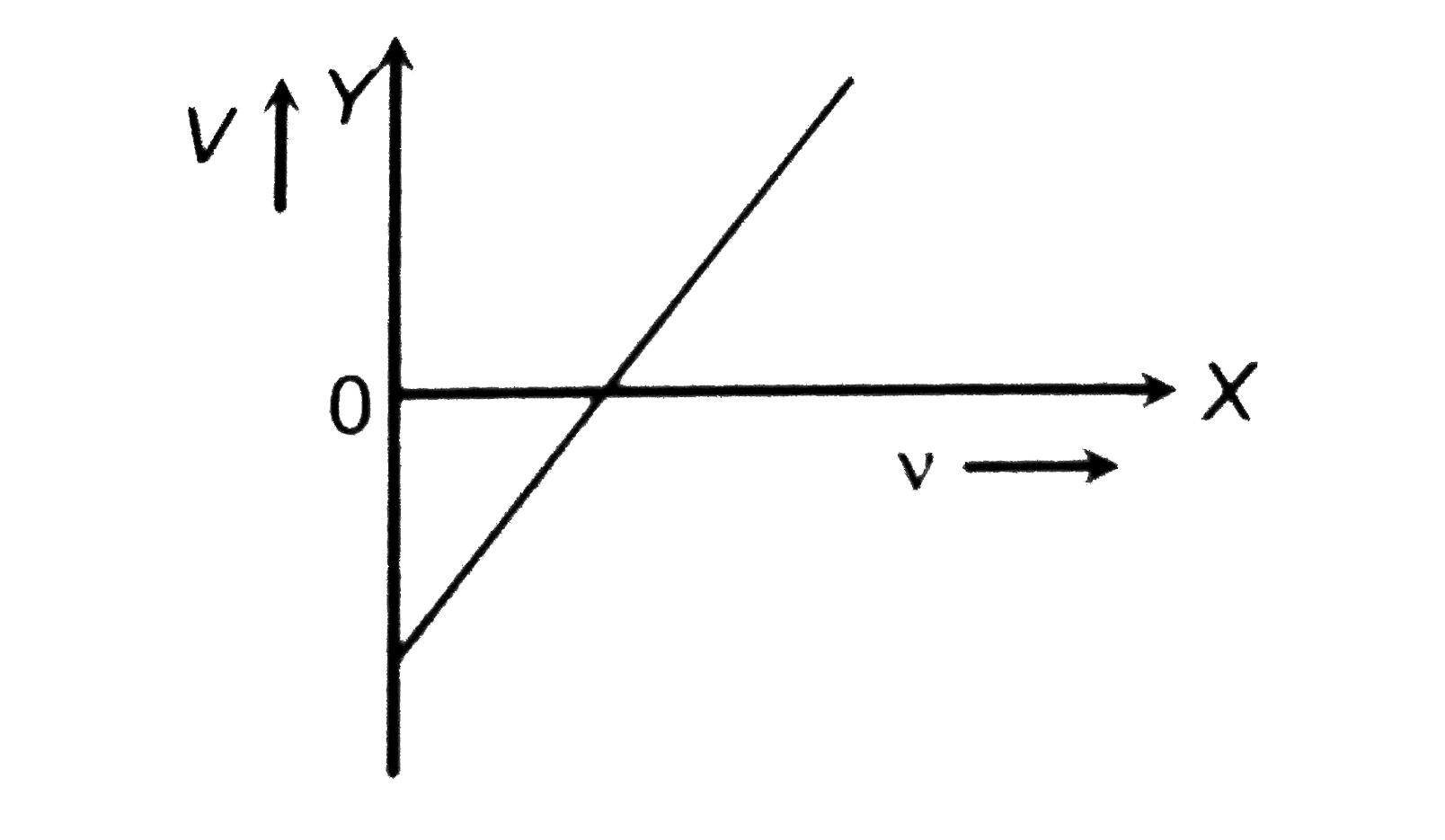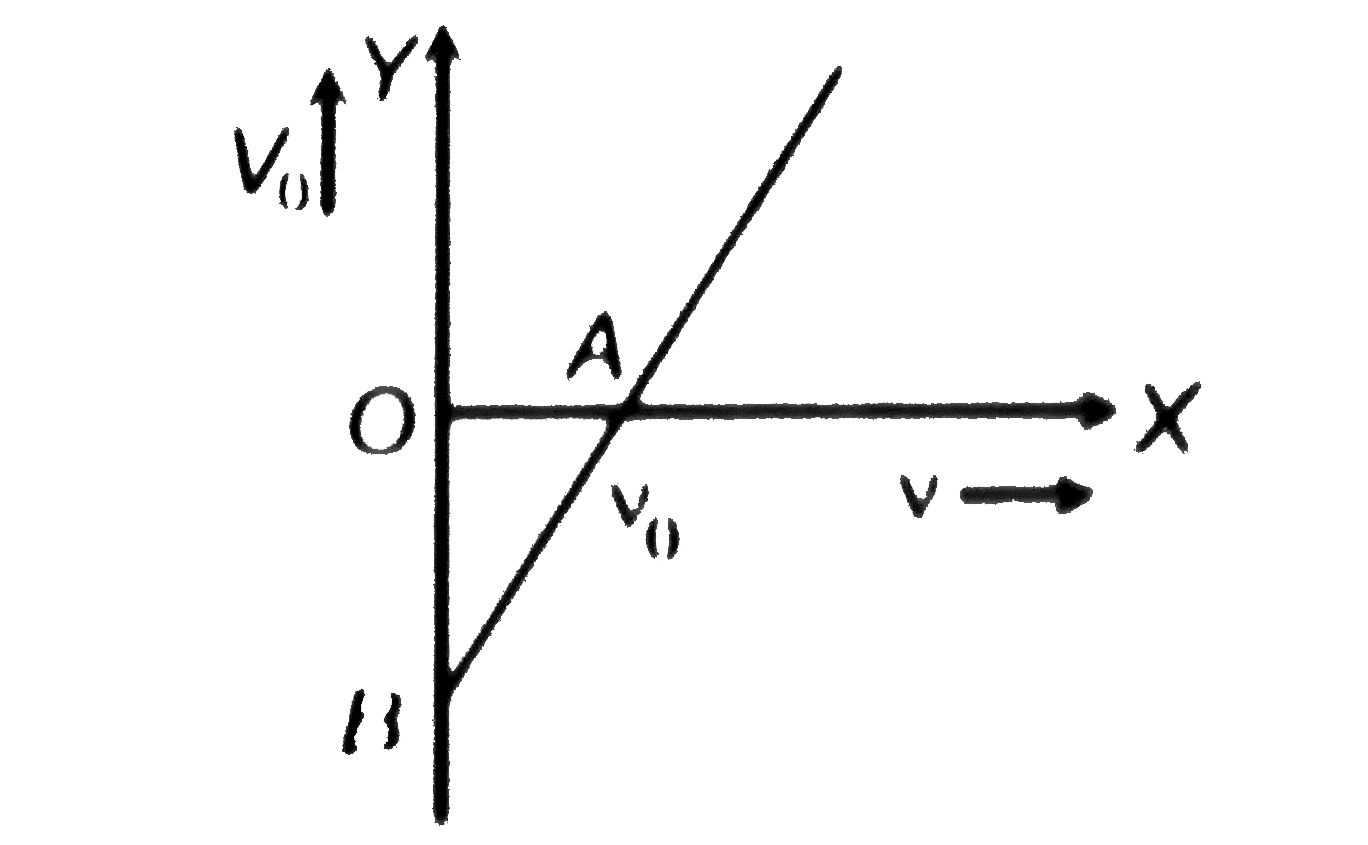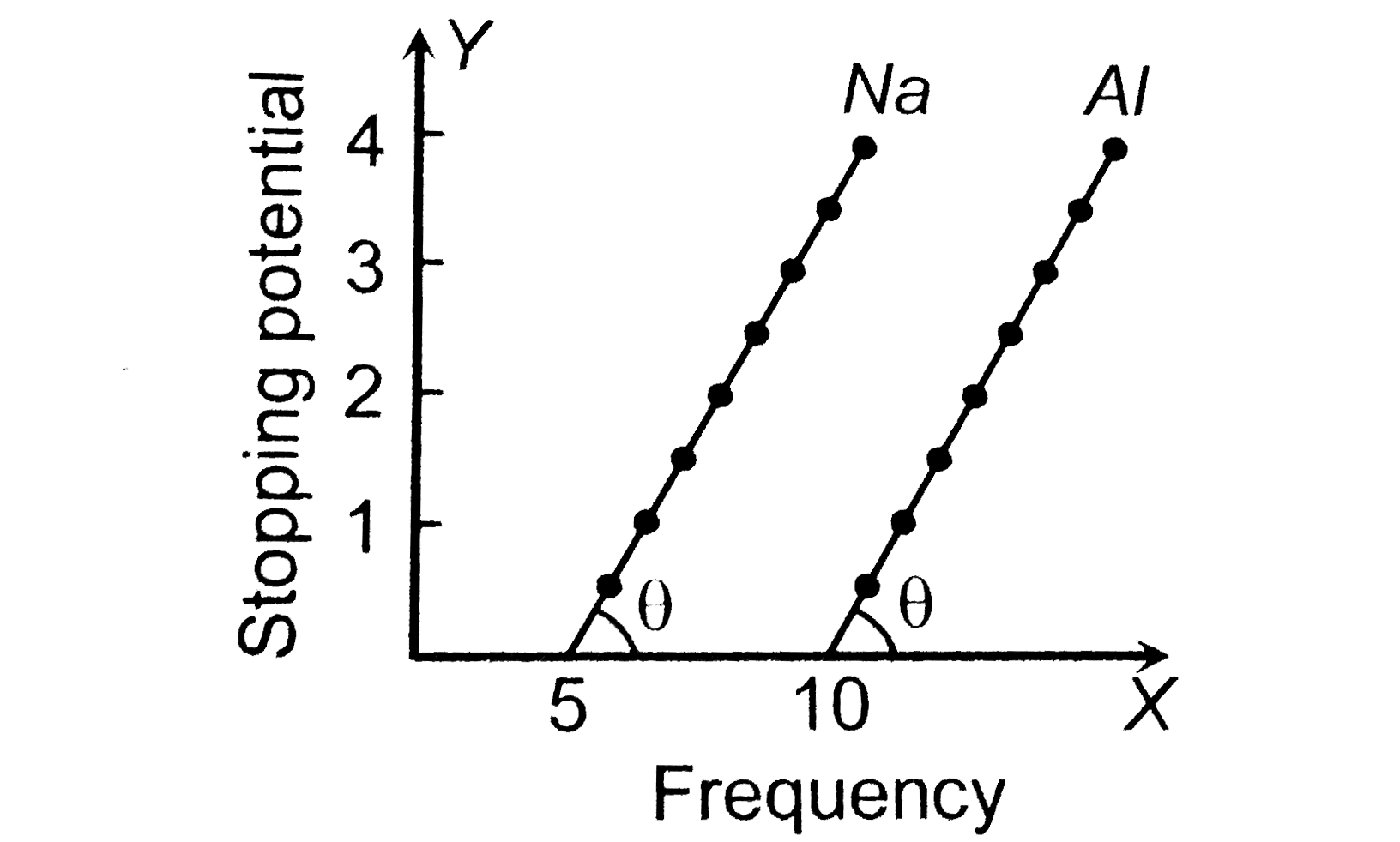Complete Solutions to ASSIGNMENT SECTION A. Objective (Only one answer) of chapter DUAL NATURE OF RADIATION AND MATTER of Class 12 book with complete answers and questions
| Class 12 | PHYSICS |
| Chapter | DUAL NATURE OF RADIATION AND MATTER |
| AAKASH INSTITUTE | ASSIGNMENT SECTION A. Objective (Only one answer) |
| Number Of Questions | 50 |
| Academic Year | 2023-24 |
The momentum of a photon is `33 xx 10^(- 29) kg - m//sec`. Its frequency will be
View SolutionThe energy of a photon of wavelength `lambda` is
View SolutionThe momentum of a photon is `2 xx 10^(-16) gm - cm//sec`. Its energy is
View SolutionThe momentum of the photon wavelength 5000 Å will be
View SolutionFind the mass of photon in motion
View SolutionThe approximate wavelength of a photon of energy 2.48 eV is
View SolutionThe wavelength of a `1 keV` photon is `1.24 xx 10^(-9)`m. What is the frequency of `1 MeV photon`?
View SolutionWhich of the following statements is not correct ?
View SolutionThe energy of a photon of light is `3eV`. Then the wavelength of photon must be
View SolutionFind the retarding potential requred to stop the escape of photo electrons from the metal surface of work function 1.07 eV , which is irradiated with light of wavelength 332 mn
View SolutionThe work function of a metal is 4.2 eV . Find the threshold wavelength with reterence to photoelectric effect .
View SolutionLight of wavelength ` 3000 Å ` is incident on the metal surface , having work function 1 eV . Find the maximum velocity of emitted photo electron
View SolutionUltraviolet radiation of 6.2 eV falls on an aluminium surface (work - function = 4.2 eV). The kinetic energy in joule of the fastest electrons emitted is
View SolutionThe work function for tungsten and sodium are 4.5 eV and 2.3 eV, respectively. If the threshold wavelength `lamda` for sodium is `5460 A`, the value of `lamda` for tungsten is
View SolutionThe work function of a metallic surface is `5.01 eV`. The photo - electrons are emitted when light of wavelength `2000 Å` falls on it . The potential difference applied to stop the fastest photo - electrons is `[ h = 4.14 xx 10^(-15) eV sec]`
View SolutionA radio transmitter operation at a frequency `880 kHz` and a power of `10kW`. The number of photon emitted per second is
View SolutionThe photo-electrons emitted from a surface of sodium metal are such that
View SolutionA photo-cell is illuminated by a source of light, which is placed at a distance d from the cell. If the distance become d/2, then number of electrons emited per second will be : -
View SolutionStopping potential for photo electrons
View SolutionThe maximum wavelength of radiation that can produce photoelectric effect in a cartain metal is 200 nm . The maximum kinetic energy acquired by electron due to radiation of wavelength 100 nm will be
View SolutionAssuming photoemission to take place , the factor by which the maximum velocity of the emitted photoelectrons changes when the wavelength of the incident radiation is increased four times , is
View SolutionThe stopping potential `V` for photoelectric emission from a metal surface is plotted along Y - axis and frequency `v` of incident light along X - axis . A straight line is obtained as shown . Planck's constant is given by

View SolutionIn an experiment on photoelectric effect the frequency `f` of the incident light is plotted against the stopping potential `V_(0)`. The work function of the photoelectric surface is given by ( e is the electronic charge)

View SolutionIf the work function of a metal is `'phi'` and the frequency of the incident light is `'v'`, there is no emission of photoelectron if
View SolutionThe threshold frequency for a metallic surface correponds to an energy of `6.2 eV`, and the stopping potential for a radiation incident on this surface `5 V`. The incident radiation lies in
View SolutionTwo identical photocathodes receive light of frequencies `v_(1) and v_(2)`. If the velocities of the photoelectrons (of mass m) coming out are respectively `v_(1) and v_(2)`. then
View SolutionSpecific heat of water is `4.2 J//g.^(@)C`. If light of frequency `3 xx 10^(29)Hz` is used to heat 400 g of water from `20^(@)C` to `40^(@)C`, the number of photons needed will be
View SolutionA red bulb and violet bulb of equal power emits `n_(R )` and `n_(v)` number of photons in a given time, then
View SolutionFor a certain metal, incident frequency v is five times of threshold frequency `v_(0)` and the maximum velocity of coming out photoelectrons is `8xx10^(6)m" "s^(-1)` If `v=2v_(0)`, the maximum velocity of photoelectrons will be
View SolutionUltraviolet light of wavelength 66.26 nm and intensity `2 W//m^(2)` falls on potassium surface by which photoelectrons are ejected out. If only 0.1% of the incident photons produce photoelectrons, and surface area of metal surface is `4 m^(2)`, how many electrons are emitted per second?
View SolutionTwo sources A and B have same power . The wavelength of radiation of A is `lambda_a` and that of B is `lambda_b`.The number of photons emitted per second by A and B are `n_a` and `n_b` respectively, then
View SolutionThe work function of a certain metal is 2.3 eV. If light of wave number `2 xx 10^(6)m^(-1)` falls on it, the kinetic energies of fastest and slowest ejected electron will be respectively.
View SolutionWhen the electromagnetic radiations of frequencies `4 xx 10^(15) Hz` and `6 xx 10^(15) Hz` fall on the same metal, in different experiments, the ratio of maximum kinetic energy of electrons liberated is `1 : 3`. The threshold frequency for the metal is
View SolutionIf the velocity of an electron is doubled, its de-Broglie frequency will be
View SolutionThe duration of a laser pulse is `10^(-8)` s. The uncertainly in its energy will be
View SolutionA proton and an `alpha`-particle are accelerated through the same potential difference. The ratio of Broglie wavelength `lamda_(p)` to that of `lamda_(alpha)` is
View SolutionHow many photons are emitted by a laser source of ` 5 xx 10^(-3)` W operating at 633.2 nm in 2 s ?
` (h = 6.63 xx 10^(-34) Js)`
View SolutionThe number of photons emitted by a 60 W bulb per second, if 10% of the electrical energy supplied to an incandescent light bulb is radiated as visible light, is
View SolutionThe momentum of a photon having energy equal to the rest energy of an electron is
View SolutionA perfectly reflecting solid hemisphere of radius R is placed in the path of a parallel beam of light of large aperture. If the beam carrries an intensity l, find the force exerted by the beam on the hemisphere.
View SolutionFind the ratio of de Broglie wavelength of molecules of hydrogen and helium which are at temperatures ` 27^(@) " and " 127^(@) C ` respectively
View SolutionA particle which has zero rest mass and non - zero energy and momentum must travel with a speed
View SolutionDual Nature Of Electromagnetic Radiation
View SolutionAn electron of mass m when accelerated through a potential difference V, has de Broglie wavelength `lambda`. The de Broglie wavelength associated with a proton of mass M accelerated through the same potential difference, will be
View SolutionIf an electron and a photon propagate in the form of waves having the same wavelength , it implies that they have the same
View SolutionThe de Broglie wavelength of a thermal neutron at `927^circC` is `lamda`. Its wavelength at `27^circC` will be
View SolutionThe wavelength of matter wave is independent of
View SolutionThe graph between intensity of light falling on a metallic plate (l) with the current (i) generated is
View SolutionA point source of light is used in an experiment on photoelectric effect . Which of the following curves best represents the variation of photo current (i) with distance (d) of the source from the emitter ?

View SolutionFrom the figure describing photoelectric effect we may infer correctly that

View Solution
ASSIGNMENT SECTION A. Objective (Only one answer) questions and complete solutions for chapter DUAL NATURE OF RADIATION AND MATTER of AAKASH INSTITUTE ENGLISH of Class 12
All Exercises from AAKASH INSTITUTE Class 12 PHYSICS DUAL NATURE OF RADIATION AND MATTER
- ASSIGNMENT (SECTION-A)
- ASSIGNMENT (SECTION-B)
- ASSIGNMENT (SECTION-C)
- ASSIGNMENT (SECTION-D)
- ASSIGNMENT SECTION C. Objective (More than one answer)
- ASSIGNMENT SECTION A. Objective (Only one answer)
- ASSIGNMENT SECTION B.Objective (Only one answer)
- ASSIGNMENT SECTION D.Linked Comprehension
- ASSIGNMENT SECTION E.Assertion-Reason
- ASSIGNMENT SECTION F.Matrix Match
- ASSIGNMENT SECTION G. Integer
- ASSIGNMENT SECTION H.Multiple True-False
- ASSIGNMENT SECTION I.Subjective
- ASSIGNMENT SECTION J.Aakash Challengers
- EXAMPLE
- EXERCISE
- Try Yourself